Introduction

The topic of riding in the rain is a subjective one. Some people don’t ride as much during the monsoon as they do in other seasons while others completely refrain from doing it. On the flip side, a lot of riders thoroughly enjoy riding while it’s showering. While it’s an individual’s choice if they want to do it or not, there are a few techniques that can help you tackle the most common challenges that exist during monsoon – low traction and low visibility. Listed below are those five important techniques.

Progressive braking
One of the most common causes of accidents during monsoon is panic braking. The time duration in which the front or rear wheel locks up on a wet surface is much shorter than that in dry conditions. Hence, it’s important to brake progressively. The best way to do it is to engage both brakes together which helps in shortening your braking distance.
Fortunately, all modern over-125cc bikes have ABS at least on the front wheel these days due to the strict safety norms. Such motorcycles or scooters tend to be much safer to brake in the wet as the equation of locking the ABS-equipped wheel is eliminated. However, the older machines which are not equipped with this safety net have to be braked progressively.

Gradual throttle inputs
This might not be a major issue with smaller displacement, lesser torque-producing bikes but the big bikes might be a handful to manage in the rain. And that’s mainly because of their rear wheel’s tendency to spin and slide under hard acceleration. While this may be enjoyable for a person who’s skilled enough to handle wheel spins, it might induce panic in new riders. So the only way to deal with this is by providing gentle and gradual throttle inputs, especially when the bike is leaned in.
While going through extremely slippery surfaces like manhole covers or gravel, aggressive throttle inputs might be troublesome even for those riding smaller bikes like the KTM 200 Duke or Yamaha YZF R15 V3. Hence, it’s advisable to go easy with the accelerator in the rain.

Looking at the right place
Now that we’re on the topic of slippery surfaces, one effective way to avoid going over them is to look at the clearer and safer surfaces and not to focus on a manhole cover, painted lines, spilt oil or gravel and mud. As important is vision in riding, it plays an even more important role while being out on the road in monsoon.
Technically, when you focus on a certain point while riding, your two-wheeler automatically goes towards that point. Hence, if you keep concentrating on puddles or oil spills, you’re sure to pass over them and get in trouble. This reminds me of the joy people experience while going through a puddle and splashing water. Well, it could be risky since you might fail to gauge the depth of a puddle and jumping into a deep one might result in a fall.

Keeping distance
Keeping distance from fellow motorists is another effective way to be safe on the road while it’s pouring. It gives more room to brake and more time to make your decisions. At any given speed, we would advise you to double your distance from a vehicle ahead in the rain as compared to that in the dry. This is even more crucial while following a car. A four-wheeler might easily dodge a deep pothole or a pile of mud using the clearance between two adjacent wheels. But a rider following the vehicle closely might spot it at the last moment, not having enough time to swerve the bike, resulting in panic braking.
Being Visible to Others
As important it is for you to see hazards and obstacles on the road, it’s equally important that you’re clearly visible to others. Given the fact that the density of water droplets or haze might hamper distant visibility for everyone, being conspicuous is as vital as all other points we’ve mentioned above. A thing to remember here is to keep your headlamp on if your two-wheeler doesn’t have AHO or DRLs. It would also be wise to wear a helmet, raincoat or gear sporting fluorescent shade.
Gallery
1/2
Right Side Handelbar Throttle Grip
Double Tap to Zoom



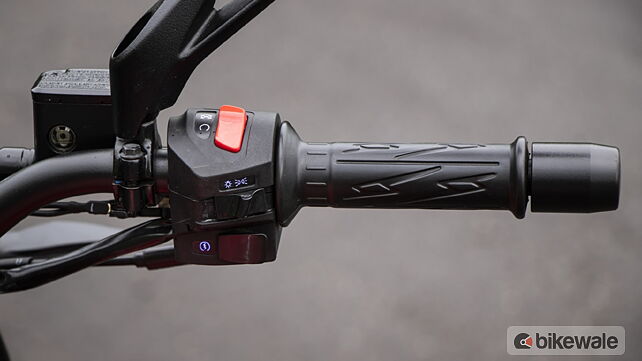


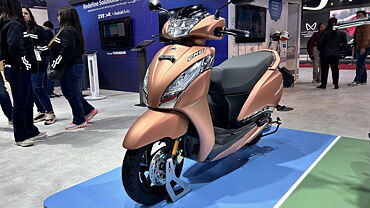
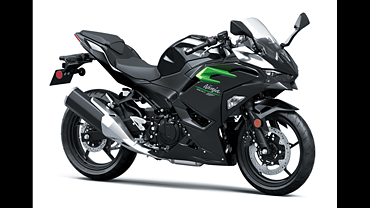
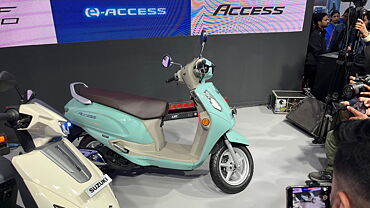
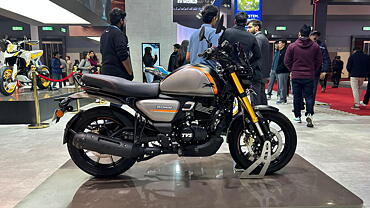
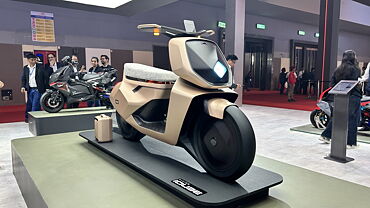
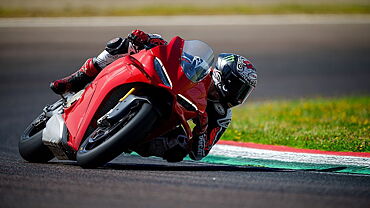
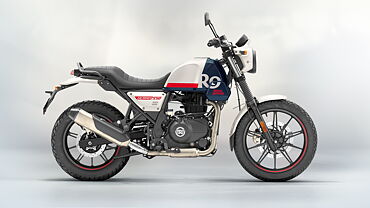
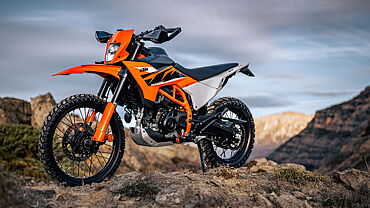





























































![KTM 390 Adventure X [2025] KTM 390 Adventure X [2025]](https://imgd.aeplcdn.com/272x153/n/cw/ec/190885/390-adventure-x-2025-right-side-view.jpeg?isig=0&q=80)